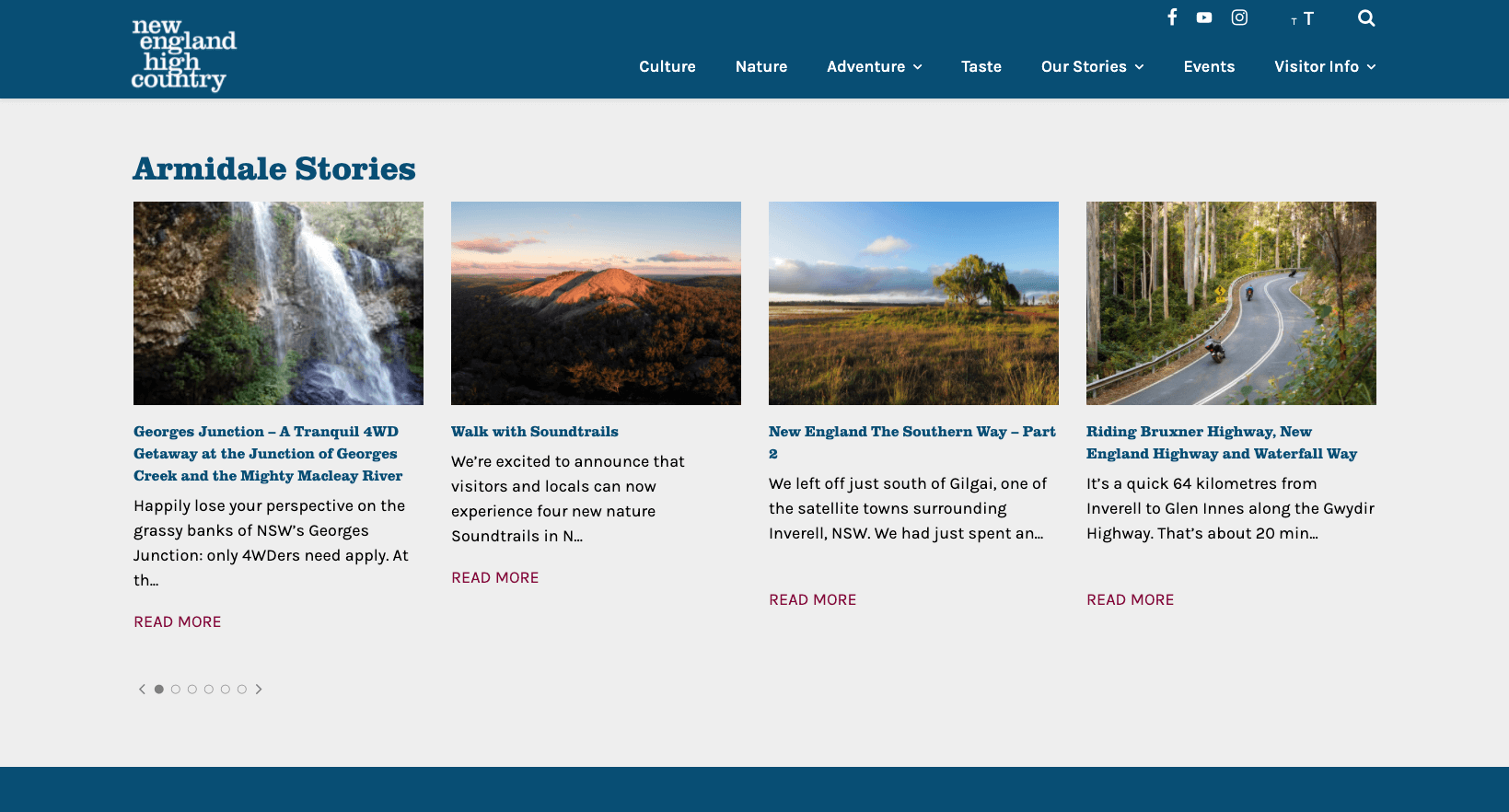Here’s how I created some custom Slick slider controls

Add JS Code
;(function ($) {
var $heroSectionSlider = $('.hero-section--slider')
if ($heroSectionSlider.length) {
initSlick($heroSectionSlider, {
slidesToShow: 1,
slidesToScroll: 1,
arrows: false,
appendDots: $(".slide-m-dots"),
dots: true,
fade: true,
cssEase: 'linear',
autoplay: true,
autoplaySpeed: 6000
})
// .slick().on('init', console.log)
}
$('.hero-section--slider').on('afterChange', function() {
var dataId = parseInt($('.slick-current').attr("data-slick-index"));
++dataId
var output = ("000" + dataId).slice(-2);
$('.count').text(output);
});
})(jQuery)
Add in this PHP code under the div container that holds your slider which in this project it’s called hero-section–slider
<div class="slider-controls text-white animate__animated animate__fadeIn animate__delay-2s">
<div class="count">01</div>
<div class="slide-m-dots"></div>
</div>
Add in the Styles
.slider-controls{
position: absolute;
left: 5.625rem;
top: 50%;
transform: translate(-50%,-50%);
z-index: 99;
@include media-breakpoint-down(lg) {
left: 3rem;
}
@include media-breakpoint-down(md) {
left: 2rem;
}
@include media-breakpoint-down(xs) {
left: 1rem;
}
.count{
display: block;
font-size: .875rem;
font-weight: $font-weight-semibold;
@include mb(.5rem);
letter-spacing: .1em;
}
.slick-dots{
position: relative;
bottom: auto;
font-size: 0;
li{
background-color: rgba(222,222,222,0.5);
@include my(4px);
width: 2px;
height: 30px;
transition: all 0.3s ease;
@include ml(9px);
display: block;
button{
display: none;
}
&.slick-active{
background-color: rgba(222,222,222,1);
height: 75px;
}
}
}
}
For www.newenglandhighcountry.com.au
On the Stories Section

Add JS Code
;(function ($) {
$('.featured-articles-row').slick({
dots: true,
arrows: true,
appendDots: $(".slide-m-dots"),
prevArrow: $(".slide-m-prev"),
nextArrow: $(".slide-m-next"),
infinite: true,
speed: 300,
slidesToShow: 4,
slidesToScroll: 1,
responsive: [
{
breakpoint: 950,
settings: {
slidesToShow: 2,
slidesToScroll: 1
}
},
{
breakpoint: 768,
settings: {
slidesToShow: 1,
slidesToScroll: 1
}
}
// You can unslick at a given breakpoint now by adding:
// settings: "unslick"
// instead of a settings object
]
});
})(jQuery);
Add in this PHP code under the div container that holds your slider which in this project it’s called featured-articles-row
<div class="slider-controls">
<button type="button" class="slide-m-prev"><i class="fa fa-angle-left"></i></button>
<div class="slide-m-dots"></div>
<button type="button" class="slide-m-next"><i class="fa fa-angle-right"></i></button>
</div>
Add in the Styles
.slider-controls{
@include mt(3rem);
@include media-breakpoint-down(sm) {
@include mt(1rem);
}
button{
float: left;
border: none;
background-color: transparent;
.fa{
color: $grey;
font-size: 1.25rem;
}
&:focus, &:active{
outline: none;
}
}
.slick-dots{
position: relative;
float: left;
bottom: auto;
left: auto;
width: auto;
transform: none;
@include py(0.4375rem);
button{
color: $grey;
}
}
}
